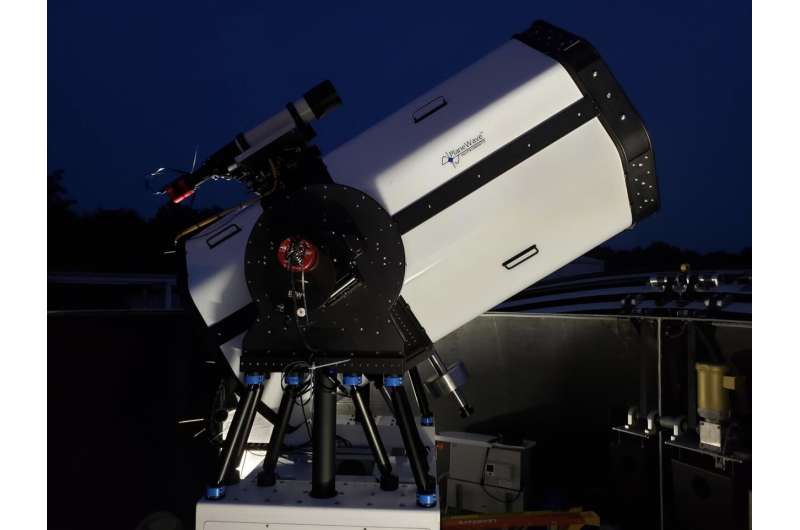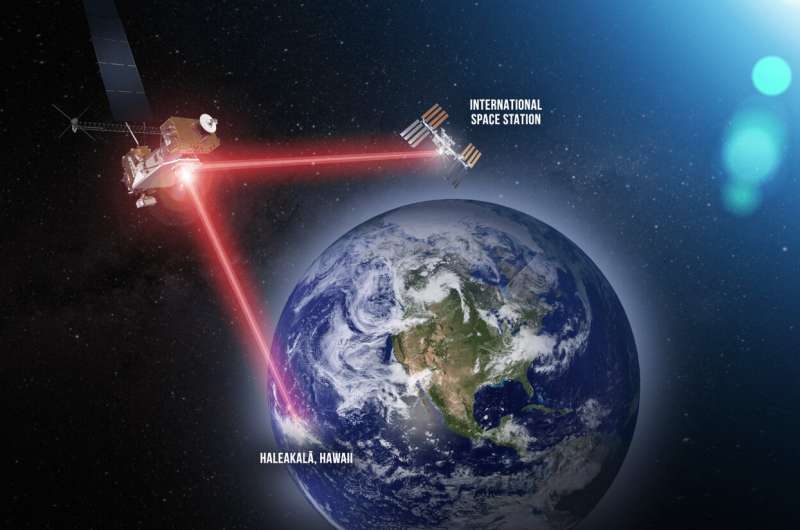"The trick is that we have to optimize the technology for space."
LCRD's mission will be spent proving out the technology by testing laser communications capabilities with experiments from NASA, other government agencies, academia, and—in particular—the commercial aerospace community. Industry-developed experiments will allow companies to test their own technologies, software, and capabilities. NASA is providing these opportunities to grow the body of knowledge surrounding laser communications and promote its operational use.
While LCRD's experimenter program will allow NASA and industry to test and refine techniques, both the agency and the commercial sector have been demonstrating and using laser communications for the past few decades.
Generally, commercial efforts have been focused on developing space-to-space laser systems for use in low-Earth orbit. Companies are investing in satellite constellations which leverage laser communications to provide global broadband coverage. Proposed constellations have several hundred to thousands of satellites, creating an extensive in-space laser communications network. Commercial constellations still largely rely on radio frequency links to send data back to Earth. Whereas, LCRD uses lasers for both in-space and direct-to-Earth communications.
While industry is focused on in-space optical communications to support terrestrial users, NASA is demonstrating direct-to-Earth capability from geosynchronous orbit to increase communications capabilities for future missions. With laser communications onboard, missions will be able to communicate more data in a single transmission than they could with traditional radio frequency communications.

"The Earth's atmosphere distorts laser beams due to turbulence. Understanding these challenges are critical to enabling operational optical communications relay capability," said Jason Mitchell, Director of the Advanced Communications and Navigation Technology division in the Space Communications and Navigation (SCaN) program at NASA Headquarters.
With these two different yet complementary goals, NASA also is partnering with industry to further refine laser communications hardware. In fact, LCRD includes commercially designed and built components alongside custom, NASA-developed systems. The optical module, which sends lasers to and from the payload, was designed by the Massachusetts Institute of Technology Lincoln Laboratory and built at NASA's Goddard Space Flight Center in Greenbelt, Maryland. However, multiple parts of LCRD came from companies like L3Harris Technologies, SEAKR Engineering, Moog Inc., and the Sierra Nevada Corporation. These include the telescope system, controller electronics system, and space switching unit—all critical to LCRD operations.
Additionally, NASA's Low-Cost Optical Terminal (LCOT) will use commercial off-the-shelf or slightly modified hardware to reduce expense and speed implementation. NASA depends on a robust domestic space industry and hopes these investments will allow the U.S. government to purchase future laser communications hardware and services. This will decrease costs while enabling more missions to use laser communications.



